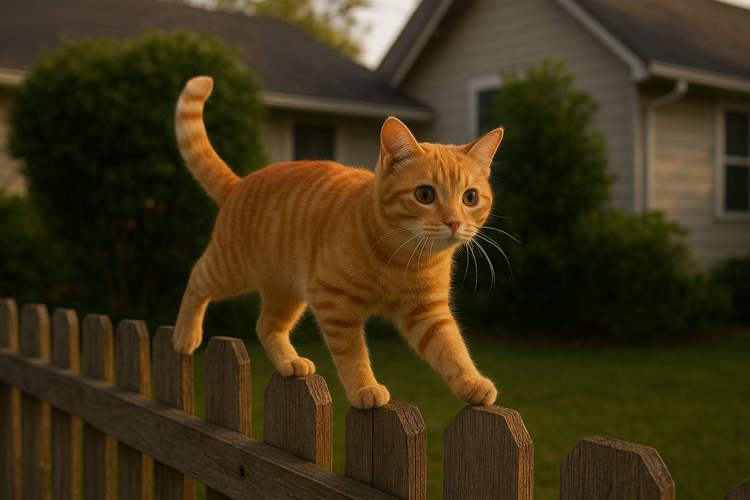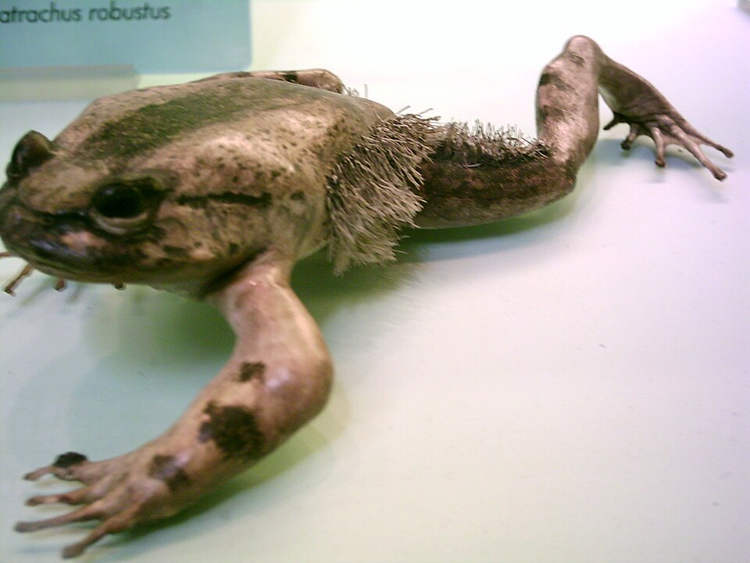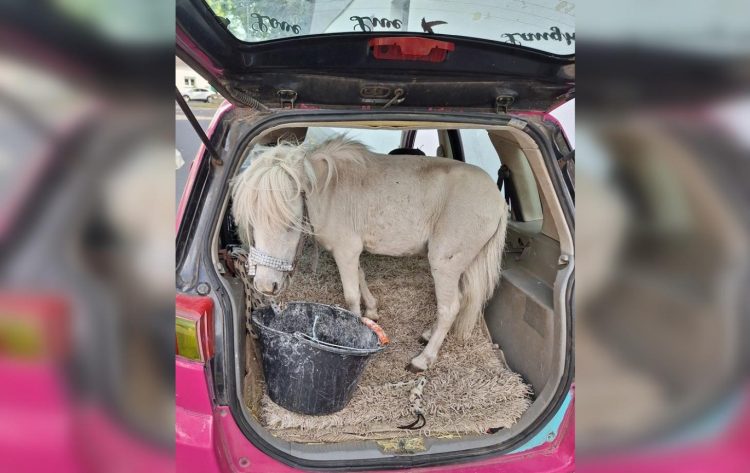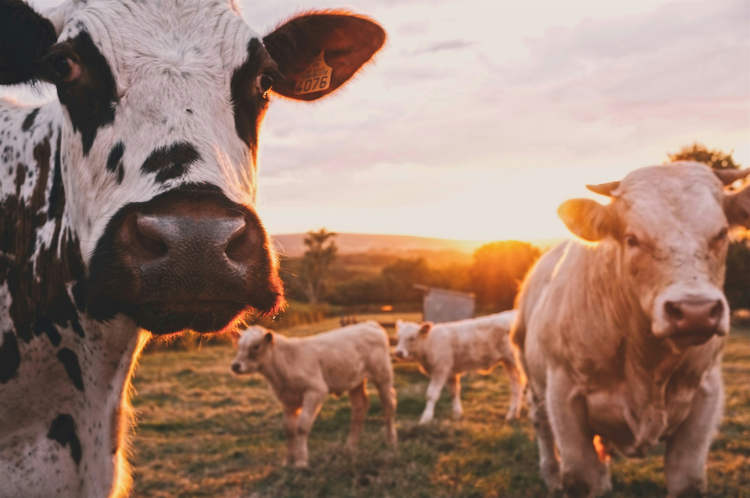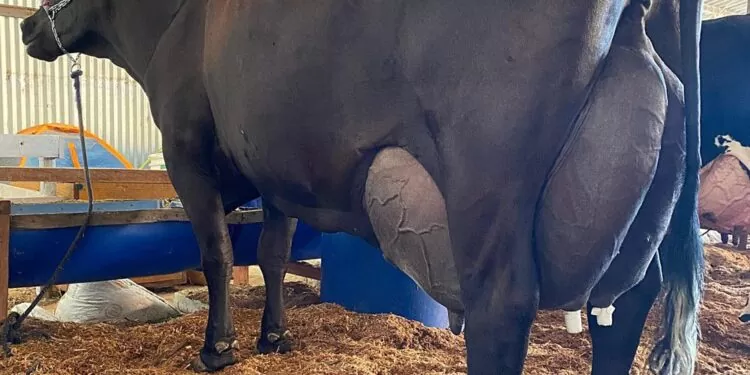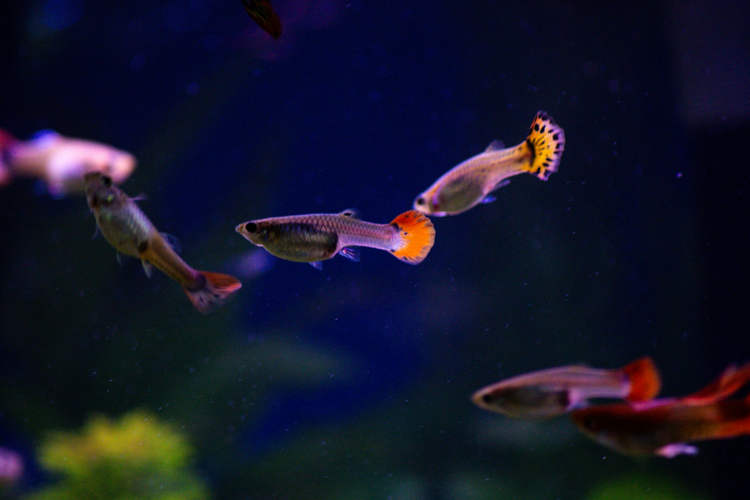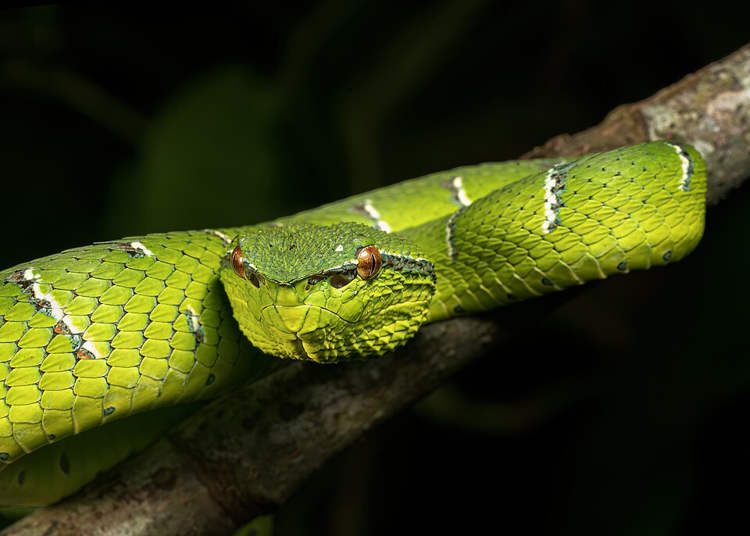Ring-necked parakeets are native to the foothills of the Himalayas and temperate regions of North Africa, but for the past century and a half, they’ve also made a home for themselves in London.
No one knows exactly when and how London became a home for feral parakeets. In fact, there are so many urban myths tied to these green exotic birds that it’s hard to settle on just one explanation. Many of the theories going around on the streets of London as well as on the internet involve legendary artists like Jimi Hendrix or Audrey Hepburn, but no one can truly say how the birds came to the English capital. One thing is for sure, though – London’s parakeets are here to stay, they are thriving, and they are expanding, with recent estimates placing their number in the tens of thousands.
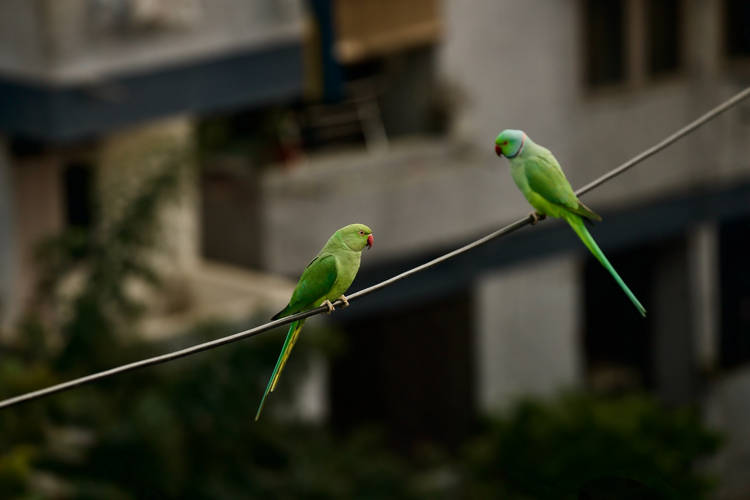
Photo: Lakshmi Narasimha/Unsplash
One of the most popular theories revolves around rock icon Jimi Hendrix, who was allegedly walking down Carnaby Street with a birdcage in his hands one day in 1968. At one point, in a gesture symbolizing peace and love, the influential guitar player opened the cage, letting loose two ring-necked parakeets – Adan and Eve – that went on to breed and form the massive colony we know today.
Others believe that the parakeets escaped from the set of the classic 1951 film The African Queen, starring Humphrey Bogard and Audrey Hepburn, when the birds were brought in to recreate the equatorial swamps of East Africa at the UK’s Isleworth Studios. There are no parakeets featured in the movie, but many are convinced that some escaped during filming.
There are theories tied to George Michael, King Henry VIII’s menagerie, and the Great Storm of 1987, which destroyed a number of aviaries, but no one can offer any proof of them being genuine. They are just stories passed on by word of mouth, and you either choose to believe them or you don’t.
Experts neither deny nor confirm any of the above-mentioned theories, but they do point out that London’s current population of parakeets couldn’t have originated from a single pair. Londoners’ fascination with exotic parakeets dates back hundreds of years, and it’s not too hard to imagine hundreds of specimens escaping over the years, banding together for protection, breeding, and slowly forming their own feral community.
Although no one can accurately say when the first feral parakeets made their home in London, sightings date back to 1893 when a pair were reported in Dulwich. Their numbers have been growing ever since, but it wasn’t until the late 20th century that the first large colony of parakeets was observed at Kingston-upon-Thames. They consolidated their presence in that area for years, before finally expanding.
Over the last decade and a half, the ring-necked parakeets of London have been taking over new territory around the British metropolis, establishing themselves in new areas, like Hyde Park, Notting Hill or Hampstead Heath. Their number has been growing with each passing day, to the point where authorities no longer consider plans to cull or at least control the population viable. Regardless of how they feel about them, locals just have to accept them.
In theory, London doesn’t really seem like the kind of place parakeets could survive, let alone thrive in, but that’s because we tend to think of them as tropical birds, when in fact the mild English winters are not much harsher than the climate at the foot of the Himalayas. And as temperatures continue to climb every year, the birds only feel more at home.
Then there is the unique layout of London – 47% green space, including 35,000 acres of parks, commons, woodlands, wetlands, cemeteries, allotments and gardens. That’s about as welcoming as large urban centers can get to avian immigrants. It offers plenty of nesting places, as well as a variety of food, from nuts, seeds, fruit and berries, to bird feed. It’s an all-you-can-eat buffet that parakeets have gotten used to.
With over 50,000 feral ring-necked parakeets now calling London their home, it’s understandable that some consider them a threat to native birds, and frankly, somewhat of a pest. And while experts agree that the above-average intellect of the parakeets and their social nature could pose a problem to local wildlife, they also agree that it’s too early to say if they’ll actually have a negative effect.
For now, the parakeets of London are free to continue their expansion into the heart of the English metropolis without having to worry about anyone or anything stopping them.


